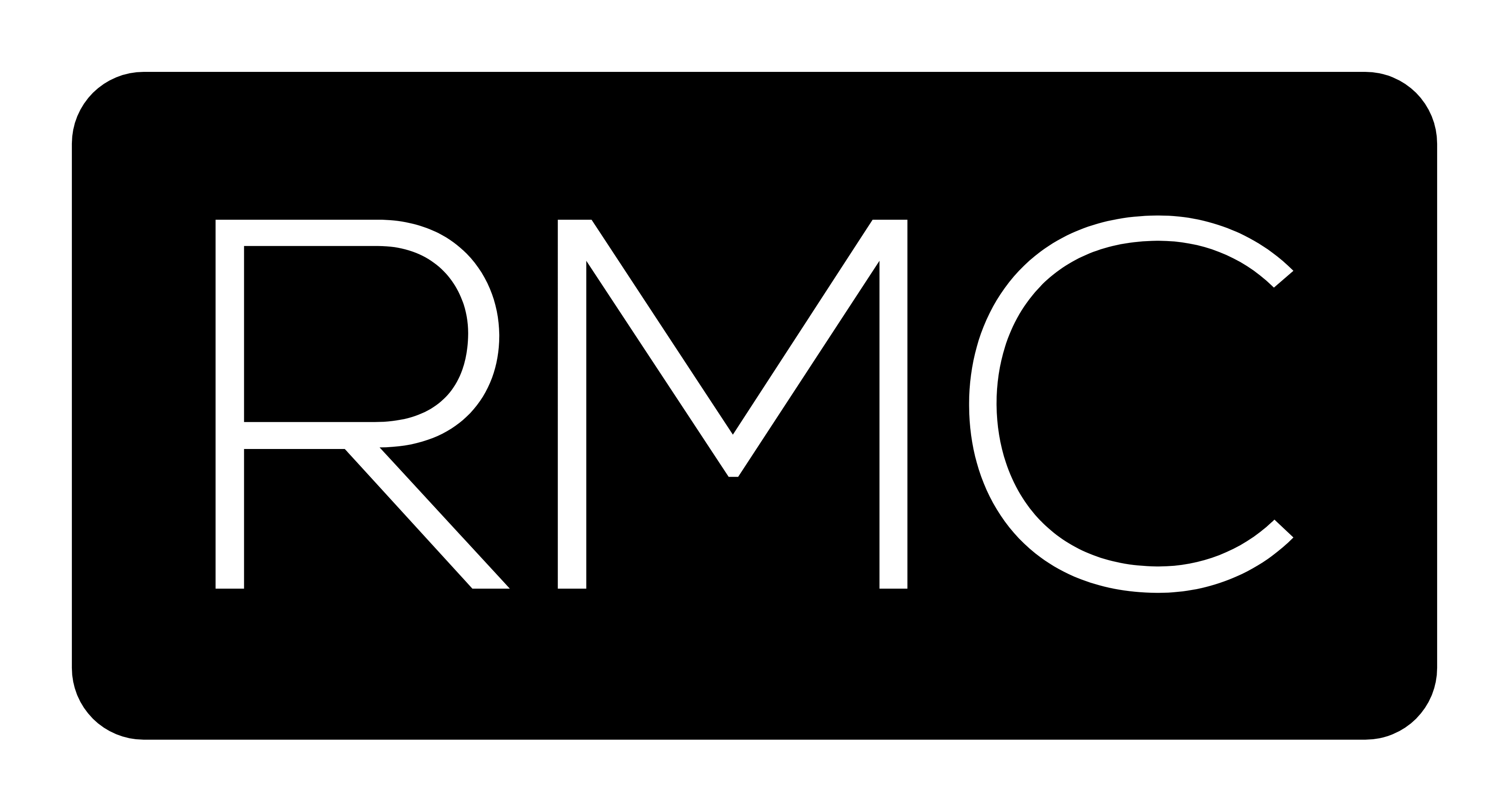How Long Does Reputation Management Need To Work
Public relations specialists and attorneys helping their clients with online reputation management must help their clients set reasonable goals and expectations for reputation management campaigns.
Each client has special needs.
And each campaign is different because of the client’s brand visibility, reputation challenges, and available resources.
Online marketing often achieves quick results for clients who have little to no presence in social media and web searches. Such quick wins can be misleading for clients who don’t anticipate an influx of competition or competitive rebound strategies.
Unlike traditional marketing, reputation management usually operates in a reactive mode. Pre-emptive reputation building only achieves so much. The reputation strategist addresses the visible issues as much as possible, adjusting to new circumstances as they occur.
When discussing the probable length of a campaign with a client, the possible need for long-term maintenance is an important topic. The initial campaign may require more time and effort for a few months, to be replaced later by monitoring and occasional planning or coordination for news and publicity.
Practical Short-term Goals Entail Creating Brand-worthy Content
A client with a robust portfolio of branded assets may not be in a position to benefit from “quick wins”.
If they already have social media accounts, brand, and corporate Websites, and a schedule of media engagements in place then the reputation campaign turns to secondary objectives.
For clients with a minimal online presence, there may be opportunities to create online brand assets that can help with both reputation management and other business objectives.
The reputation strategist should be included in conversations about what assets to create and how to structure them. The strategist’s suggestions should be given serious consideration, but the final decision will be the client’s or yours.
The goal in the early phase of reputation management is not to create perfect assets. They should look professional, but a minimal design that expedites the process of creation should be favored. It’s best to agree to a simple editorial standard or guideline at the start of the campaign so that everyone knows what to expect.
Any social media account or Website can be revised and improved later. Editorial control can be handed over after immediate needs are met.
Early Results Usually Occur within the First Month
Although every campaign is different, most reputation campaigns enjoy some quick successes. Just bringing new assets online can alter the visible landscape within a matter of days.
The first month provides sufficient time to set priorities, plan the first steps, and begin execution of early phase work.
But even though measurable results usually appear within 1-2 weeks of the initial publication of assets, early successes tend to be easier and faster.
Whether a public relations or corporate communications team handles the content strategy or the reputation team, by the end of the first month a schedule of work should be agreed upon.
The schedule adds momentum to the campaign, but the strategies must be flexible.
Your conversations with the client should set the expectation that there will be mixed results. Early positive changes may be offset by subsequent pushback from hostile parties or natural fluctuation in social media and search results.
Sustainable Results Usually Appear within 3-6 Months
The more challenges that must be overcome, the harder the process of shaping an online reputation becomes.
Also, the more hostility a client’s reputation faces, the more time and resources must be devoted to improving the online discussion. Reputation management is much like a prolonged discussion between pro and con points of view. The client’s view may not prevail on every point, but the strategist’s goal is to ensure the client’s point of view is heard or seen.
The first quarter of a campaign should reveal which assets and strategies have the best chance of improving the situation in the following months. Strategists need time to gauge how the online community responds to initial reputation overtures.
Some strategies are more assertive than others, projecting content more quickly into the online channels than less obvious strategies.
Your team should estimate the potential for backlash or failure and plan accordingly.
Campaign Results Should Be Assessed at about the Six Month Point
Regardless of how successful the early campaign was, by 6 months into the process, the reputation team should know what is working, what won’t work, and what challenges remain.
This is the first opportunity to determine if monitoring and simple maintenance will suffice going forward. The more challenging a reputation situation was to begin with, the more likely that further work is required.
The 6-month analysis should not be viewed as the endgame. It could be the final stage of the relationship, but — most often — clients find that their goals are only partially achieved after 6 months.
Many factors affect the outcome of a reputation campaign.
But even a successful campaign can be undone by unforeseen consequences, including interventions by social media and news organizations, changes in algorithms, and renewed hostile actions by interested opposing parties.
The 6-month analysis is the best time to determine if a change in strategy or goals is useful.
More Time Is Usually Required to Pursue Multiple Strategies
Repairing a client reputation is much like healing a wound or injury. Time plays a role in the process.
But the occasional complication may require additional intervention.
By the same token, if two or more concurrent objectives are pursued, additional resources may be required. In some situations, everything that is done to achieve one goal helps with other goals.
But this may not always be the case.
If multiple reputation objectives must be achieved, it may be best to defer some changes until after the first round of goals has been achieved.
Long-term Reputation Management Coincides with Branding
The early wins of a reputation management campaign may not last more than a few weeks or months. The reputation team should be apprised of future media outreach, advertising, and other brand-building activities so they can build a coordinated strategy.
The brand strategy can lead the way. The reputation management strategy can leverage brand-building campaigns into future goals and strategies. One way to do this is to include brand value content in outreach efforts in social media and website campaigns.
The reputation team may recommend specific brand-building activities to assist with both efforts. Clients should be counseled to consider these suggestions thoughtfully. It is always in a client’s best interest to seek the common ground between brand-building and reputation management.
Reputation Management Reinforces a Positive Message
The purpose of a reputation repair or building strategy is to create a strong, long-lasting visibility in search and social media for a client’s name, brands, or trademarks. The more high-value content that flows into these environments the stronger the message becomes.
How clients respond to criticism, rebukes, abuse, and inquiry affects the potential short-term and long-term success of these efforts. A client has the right to respond to hostile statements and in many cases should say something. The response may be included in strategic goals.
Even so, everyone must anticipate pushback from hostile parties — including former employees, customers, and self-appointed social justice warriors. This is a prudent expectation, and such developments should be taken in stride when they occur.
The conversation between the brand owner and the public may always be contentious. Your clients may always feel defensive and perhaps even retaliatory. A reputation management campaign should be viewed as an alternative form of communication, neutral in tone and as unbiased as possible.
The campaign’s success should be gauged in terms that the client can live with, where key performance indicators are easy to quantify and measure. As long as the goals and the KPIs are transparent and unconflicted, determining the status and success of the campaign should be easy.
Clients May Ask for New Goals Later in the Campaign
Whether because of a better understanding of the process, or because their situations change, clients sometimes ask for adjustments in campaign goals and strategies.
Your team should discuss the pros and cons of making radical changes with the clients, not to dissuade them from changing the message, but to ensure they understand that more time and resources will be needed. The discussion need not be long or detailed so long as the client’s expectations are given a realistic framework.
Some clients treat reputation management as a turnkey service, and some tasks can be achieved in a quick, systemic fashion.
But there are always nuances, and public relations or legal representatives should be prepared to highlight the new conditions that require more time and resources from the clients.
Conclusion
Some reputation management campaigns are easy to manage. They can be set up quickly and desired results occur within 1-3 months. These kinds of campaigns usually coincide with or consist of brand-building strategies.
The reputation management team knows how to create and position assets on social media and the Web and is ready to advise your clients on how to do proceed.
The more challenging a campaign’s goals prove to be, the more time is involved. A good rule of thumb is to assume that quarterly assessments show the most reasonable progress.
Because so many factors are involved in building and maintaining an online reputation, patience is a critical element in every campaign.

